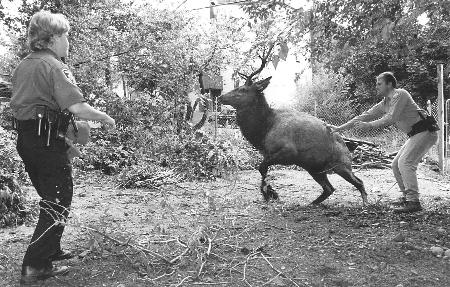Boulder County is blessed with unparalleled natural surroundings. The county stretches from the eastern plains to the foothills to the mountains, encompassing a uniquely diverse array of species, ecosystems, life zones and landscapes. By attempting to measure the health of native species, we are looking not only at the welfare of the non-human residents of Boulder County but at the quality of habitat that supports all life forms. In a larger sense, the status of wildlife is an indicator of our ability to successfully co-exist with other species. It is extremely difficult represent the highly complex and diverse ecosystems of Boulder County using only this sort of descriptive information, but at present, the state of the data doesn't allow us to do much more. Some of the most charismatic, large mammalian species of the plains, foothills and mountains have been eradicated from Boulder County, primarily due to conflicts with humans. Habitat destruction and fragmentation caused by development and early bounty hunting are responsible for most mammalian extirpations. Avian species are sensitive to changes
in habitat as well. Birds native to the plains have been affected by
loss of native prairie, the single largest habitat type lost in the
county. Birds throughout the county have been affected by deterioration
of critical stream-side (riparian) and wetlands habitat, habitat fragmentation
due to roads and development, and increases in predators and aggressive
competitors who benefit from urbanization (house cats, raccoons, starlings
and cowbirds). Linkages:Land Annexation, Agricultural Land Table
of Contents/Overview/Boulder
County at a Glance/A Vision for the Environment
/ |

